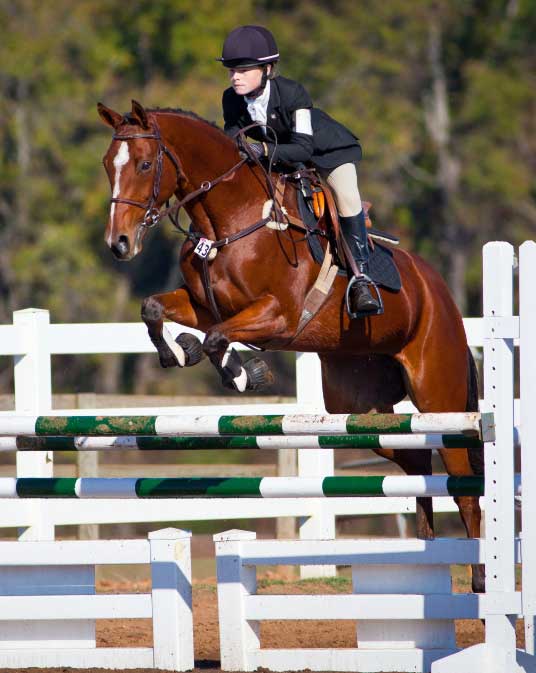SOAK Equine’s cold salt hydrotherapy is designed to prevent various equine injuries and conditions using the combined therapeutic properties of cold water and salt. Cold salt hydrotherapy offers a multitude of advantages that enhance equine well-being and performance, focusing on key areas such as inflammation reduction, edema control, muscle relaxation, and pain relief.
The combination of cold temperature and salt promotes vasoconstriction, which narrows the blood vessels and reduces blood flow to the injured area. This constriction helps decrease inflammation, swelling, and pain. By limiting the inflammatory response, cold salt water therapy can prevent further tissue damage and promote the healing process.
Excessive fluid buildup in the tissues surrounding an injury, known as edema, can impede healing and lead to further damage. Cold salt water therapy constricts the blood vessels and reduces fluid leakage, minimizing the development of edema. By controlling edema, this therapy helps maintain the integrity of the injured area and prevents additional harm.
Cold salt water therapy promotes muscle relaxation and reduces muscle tension. After intense exercise or physical exertion, relaxed muscles are less prone to injury, spasms, and cramps. By soothing and relaxing the muscles, cold salt water therapy contributes to the overall musculoskeletal health of horses, reducing the risk of injuries.
The application of cold salt water has an analgesic effect, temporarily numbing the nerves in the affected area and providing relief from pain. By alleviating discomfort, horses are less likely to exacerbate existing injuries or develop compensatory movements that can lead to further harm.

The preparation of equine athletes is a critical factor in their ability to excel in competitive events. Cold salt hydrotherapy provides a range of advantages specifically tailored to enhance their performance. This innovative therapy not only supports the physical well-being of horses but also addresses key aspects such as:
Cold salt hydrotherapy for horses is a therapeutic technique that involves immersing a horse’s limbs in a cold saltwater solution to prevent injuries. By reducing swelling and inflammation, enhancing circulation and tissue recovery, and conditioning the musculoskeletal system, this therapy helps strengthen tissues, flush out waste products, deliver nutrients, and promote overall musculoskeletal health. It can be used before exercise and as a post-exercise recovery tool to cool down tissues, alleviate muscle soreness, and support faster recovery.
Yes! Our treatment can be used for both competitive horses to prevent injuries before and after an event or for recreational horses for a more therapeutic session.
Cold salt hydrotherapy can help prevent various types of injuries in horses, including tendon and ligament injuries, joint inflammation and arthritis, and. muscle strains and sprains. It’s also used to promote the healing of flesh wounds and post-surgery recovery, reducing the amount of scar tissue and decreasing recovery time due to the high salt content.
The frequency of cold salt hydrotherapy for maximizing its injury prevention benefits can vary depending on several factors, including the horse’s individual needs, the specific condition being addressed, and the guidance of a veterinarian or equine therapist.